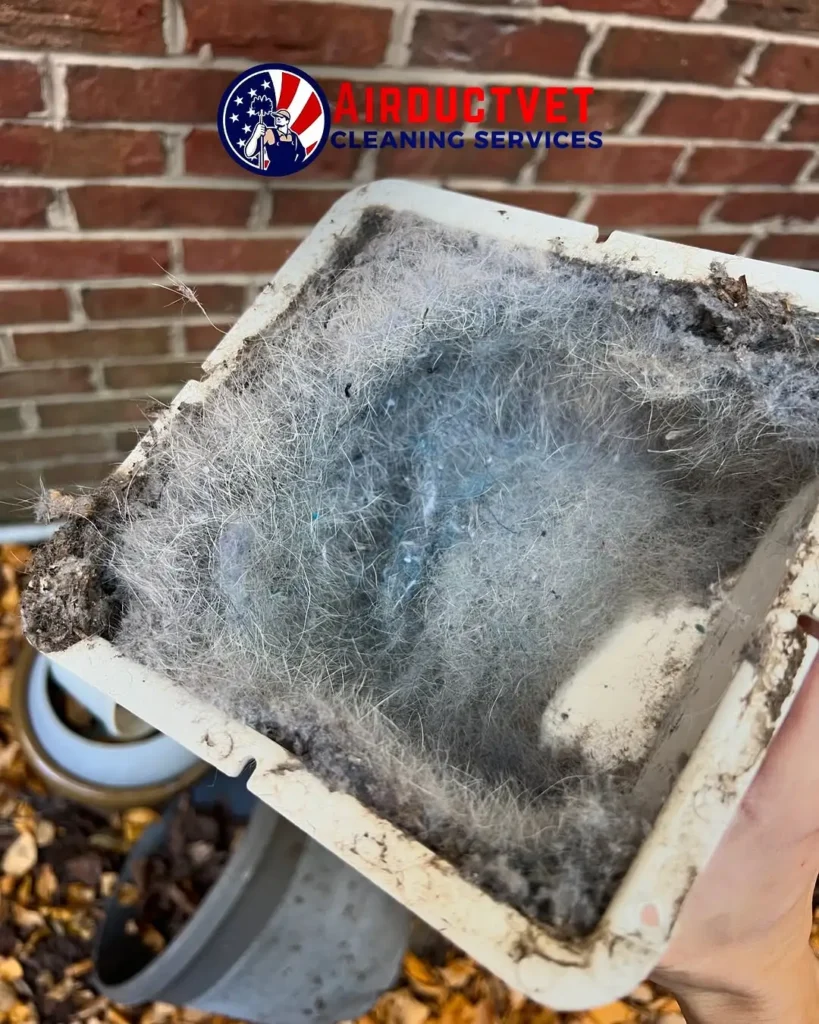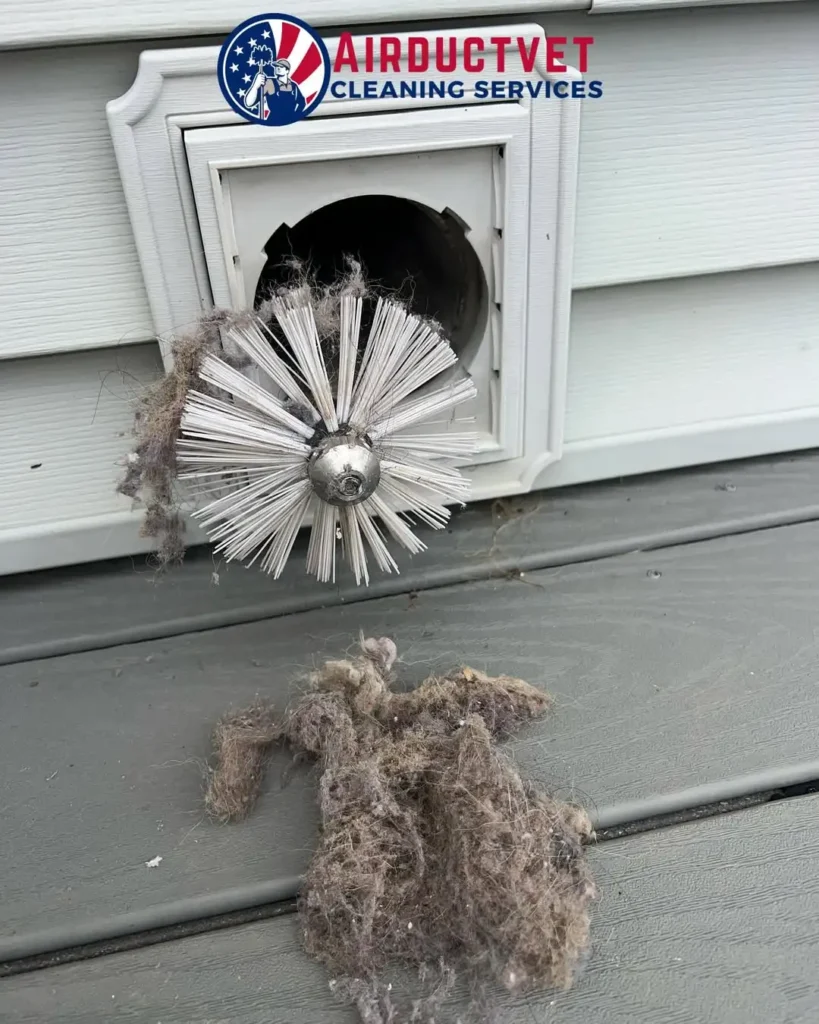How to Identify Mold in Air Ducts and Prevent Its Spread
Imagine this: you’re relaxing at home, breathing in what you assume is clean, fresh air. But lurking unseen in your air ducts is mold, spreading spores into the air you and your family breathe. Mold in air ducts isn’t just an inconvenience; it’s a health hazard and a threat to your home’s air quality. If you’ve noticed persistent musty odors, respiratory issues, or visible mold near vents, it’s time to take action.
This article dives deep into how to identify mold in air ducts, its causes, and practical steps you can take to prevent its spread. Let’s equip you with everything you need to ensure a healthier, mold-free home environment.

What Causes Mold in Air Ducts?
Factors That Promote Mold Growth
Mold thrives in environments that combine moisture, warmth, and organic material. Your air ducts, unfortunately, can provide the perfect breeding ground if certain conditions are met:
- Moisture Buildup:
- High indoor humidity levels can lead to condensation in your air ducts, especially during seasonal changes when warm air meets cooler surfaces.
- Poorly insulated ductwork may allow moisture to seep in, creating an ideal space for mold growth. This is particularly common in older homes or buildings with aging HVAC systems.
- Water leaks from plumbing issues or roof damage near ductwork can exacerbate moisture problems, further promoting mold growth.
- Organic Material:
- Dust, dirt, and debris in your ductwork serve as food for mold spores. Without regular cleaning, these materials can accumulate and provide a consistent nutrient source.
- Pollen, pet dander, and other airborne particles can also settle in ducts, amplifying the problem.
- Poor Ventilation:
- Stagnant air allows spores to settle and thrive, especially if your HVAC system isn’t functioning efficiently or if vents are blocked by furniture or debris.
- Inadequate airflow not only contributes to mold growth but also decreases the overall efficiency of your HVAC system.
- Leaky Ducts:
- Cracks or gaps in ductwork introduce moisture and contaminants, encouraging mold. These leaks can also draw in outdoor air that carries additional mold spores and pollutants.
- Leaky ducts are often overlooked during routine maintenance, making them a hidden contributor to mold problems.
Why Your HVAC System Might Be at Risk
Your HVAC system plays a critical role in maintaining air quality, but when neglected, it can become a source of mold growth:
- Lack of Regular Maintenance:
- Skipping routine cleaning and inspections allows dust and moisture to accumulate over time, providing the perfect conditions for mold.
- Filters that aren’t replaced frequently can become clogged, reducing airflow and increasing humidity levels within the system.
- Dirty Evaporator Coils:
- Evaporator coils are designed to cool and dehumidify air but can become a hotspot for mold growth if not cleaned regularly. The trapped moisture on dirty coils creates an ideal environment for mold spores to multiply.
- Improperly Sized HVAC Units:
- Oversized units may cool your home too quickly without removing enough humidity, while undersized units may struggle to maintain airflow and moisture control. Both scenarios can lead to excessive moisture within the ductwork, promoting mold growth.
- Poorly balanced HVAC systems can cause uneven temperature and humidity levels, creating localized areas of high moisture that encourage mold.
- Neglected Drain Pans and Lines:
- Drain pans that collect water from your HVAC system can overflow or stagnate if not cleaned and emptied regularly. Stagnant water near ducts can seep into the system, creating a perfect breeding ground for mold.
By understanding these risk factors and addressing them proactively, you can significantly reduce the chances of mold taking hold in your air ducts.
Your HVAC system plays a critical role in maintaining air quality, but when neglected, it can become a source of mold growth:
- Lack of regular maintenance allows dust and moisture to accumulate.
- Dirty evaporator coils can become a hotspot for mold growth due to trapped moisture.
- Oversized or undersized HVAC units fail to regulate humidity properly, exacerbating moisture issues in the system.
Signs of Mold in Air Ducts
Visible Signs
One of the most straightforward ways to identify mold is through a visual inspection:
- Look for black, green, or white spots around vent openings or within the ducts themselves.
- Mold may appear fuzzy or slimy, depending on its type and growth stage.
Odor Indicators
Even if mold isn’t visible, your nose might detect its presence:
- A persistent musty or earthy smell when your HVAC system is running often signals mold growth.
- The odor may intensify in areas near affected vents or ducts.
Health Symptoms Linked to Mold Exposure
Mold in air ducts can lead to a variety of health issues:
- Increased frequency of coughing, sneezing, or watery eyes.
- Aggravated allergy or asthma symptoms.
- Chronic headaches or fatigue that seem worse when indoors.
Performance-Related Indicators
Mold can also affect how your HVAC system performs:
- Reduced airflow or uneven cooling and heating.
- Higher energy bills due to a clogged or inefficient system.
How to Confirm Mold in Air Ducts
DIY Mold Testing
If you suspect mold, you can start by conducting a simple DIY test:
- Use a flashlight to inspect the interior of your ducts for visible mold or mildew.
- Place a piece of tape over a suspected area, peel it off, and inspect for spores under a magnifying glass or send it for testing.
Professional Mold Inspection
For more accurate results, consider hiring a professional:
- Certified technicians use tools like moisture meters and air quality monitors to identify mold.
- Professional inspections ensure no areas of mold are missed, especially in hard-to-reach sections of your ductwork.

Dangers of Mold in Air Ducts
Health Risks
Mold exposure can have severe consequences for your health:
- Respiratory issues such as wheezing, coughing, or sinus infections.
- Long-term exposure can lead to more serious conditions like chronic bronchitis or fungal infections in vulnerable individuals.
Home Damage
Mold doesn’t just affect your air—it impacts your home:
- It can spread to walls, ceilings, and other surfaces, causing unsightly stains and structural damage.
- Long-term infestations may require costly repairs or even complete replacement of affected areas.
Reduced HVAC Efficiency
When mold clogs your ductwork, your HVAC system has to work harder to maintain airflow:
- This increases energy consumption and shortens the lifespan of your HVAC components.
- The added strain can lead to expensive repairs, emphasizing the importance of addressing mold promptly.
How to Prevent Mold in Air Ducts
Improve Ventilation
Proper airflow is essential for keeping mold at bay:
- Open windows or use exhaust fans to reduce indoor humidity levels.
- Ensure vents are unobstructed and allow air to circulate freely.
Control Moisture Levels
Moisture control is a critical factor in preventing mold:
- Use a dehumidifier to keep indoor humidity below 50%.
- Insulate your ductwork to minimize condensation and prevent water buildup.
Regular HVAC Maintenance
Maintaining your HVAC system is one of the best ways to prevent mold:
- Replace air filters every 1–3 months to reduce dust and debris.
- Schedule annual HVAC inspections to catch potential issues early.
Keep Ducts Clean
Dust and debris in your ducts create the perfect environment for mold growth:
- Schedule professional air duct cleaning with trusted services like AirDuctVet Cleaning Services.
- A clean duct system minimizes the risk of mold and improves overall air quality.
How to Remove Mold in Air Ducts
DIY Mold Removal Tips
If mold growth is minimal, you may be able to handle it yourself:
- Clean small patches using a mixture of water and mild detergent.
- Always wear protective gear like gloves, masks, and goggles.
- Avoid using bleach as it can damage duct materials and release harmful fumes.
When to Call Professionals
For extensive mold growth, professional cleaning is a must:
- Mold removal specialists use advanced tools and sanitizing agents to ensure complete eradication.
- AirDuctVet Cleaning Services offers comprehensive solutions, ensuring your ducts are mold-free and safe.
FAQ About Mold in Air Ducts
1. How do I know if I have mold in my air ducts?
Look for visible black or green spots, musty odors, or health symptoms like coughing and sneezing that worsen indoors.
2. Can I clean mold from air ducts myself?
Small patches can be cleaned DIY, but professional services are recommended for larger infestations to ensure thorough removal.
3. How much does it cost to remove mold from air ducts?
The cost typically ranges from $400–$1,000, depending on the severity and size of the mold problem.
4. How can I prevent mold from returning?
Maintain proper ventilation, control humidity, and schedule regular air duct cleaning services to prevent mold recurrence.
Why Choose AirDuctVet Cleaning Services?
Your home deserves expert care, and AirDuctVet Cleaning Services delivers:
- Thorough Mold Removal: We specialize in identifying and removing mold, ensuring your ducts are clean and safe.
- Advanced Equipment: Using state-of-the-art tools, we sanitize your ducts to prevent future mold growth.
- Customer Satisfaction Guaranteed: Our focus is on providing you with a healthier home environment.

Conclusion
Mold in air ducts is more than a nuisance—it’s a serious issue that impacts your health and your home. By understanding how to identify and prevent mold, you can protect your family and ensure cleaner, fresher air indoors.
Take the Next Step
Don’t let mold compromise your air quality. Contact AirDuctVet Cleaning Services today to schedule a professional cleaning and enjoy peace of mind knowing your home is mold-free. Call us now for a free consultation!
